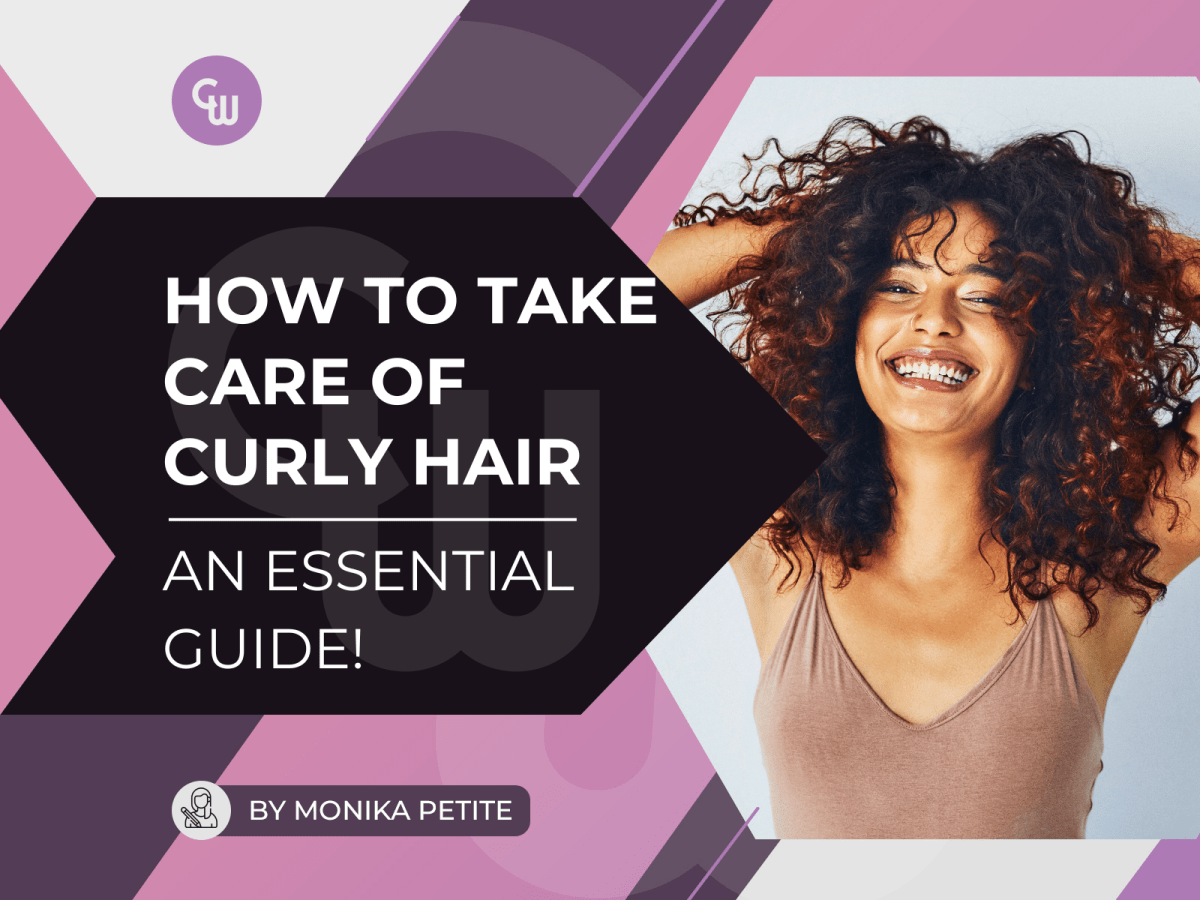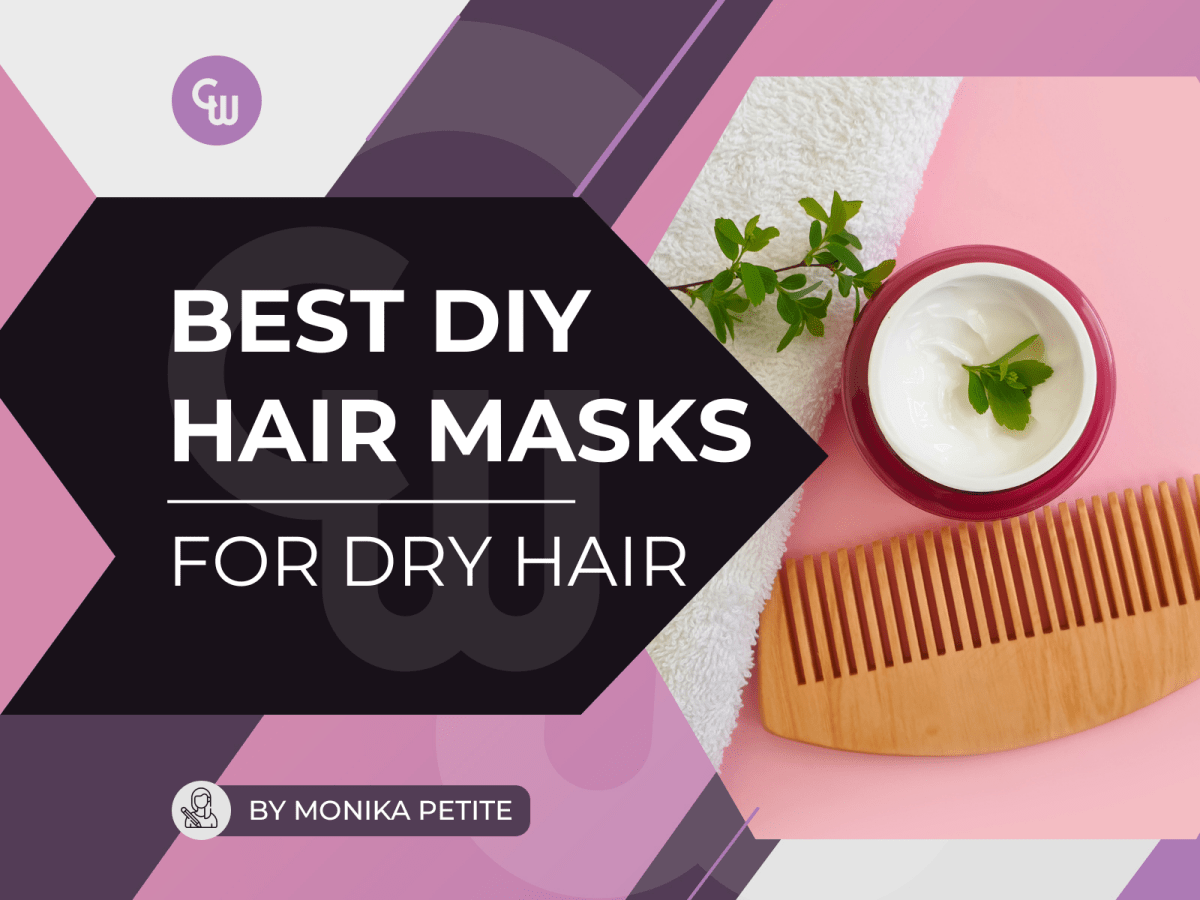Inside this Article:
- Understanding Hair Oiling Frequency
- How the Type of Oil Affects Usage
- How Seasons & Your Environment Affect Hair Oiling
- Signs You Might Be Oiling Too Much — or Too Little
- Creating a Hair Oiling Schedule That Works for You
- Common Mistakes To Avoid
- Summary
- FAQ
- Can I apply oil to my hair every day?
- What happens if I skip oiling for several weeks?
- Should I change my oiling frequency with age?
- Can weather changes affect how often I should oil?
- How do I know if my current oiling frequency is working?
- Is it better to oil more frequently with less product or less frequently with more?
Understanding Hair Oiling Frequency

Oiling your hair is awesome for keeping it healthy, but how often you should do it depends on your hair type 🧑🦱. There’s no one-size-fits-all—different hair textures and scalp needs call for different hair care routines 🧴.
If your hair is dry, frizzy, or curly, you’ll probably want to oil it about 2 to 3 times a week 📅. These hair types tend to lose moisture faster, so the extra hydration is crucial. Plus, curly and coarse hair has that twisty shape that makes it harder to hold onto moisture, so oiling helps lock it in 🔒 and keeps breakage at bay.
For normal or straight hair, oil your hair once a week 🗓️. Since your hair already manages its natural oils pretty well, excess oil might weigh it down or leave it greasy, and nobody wants that! 🚫
Now, if you have oily or fine hair, especially oily hair types, you’ll want to be more careful. Oiling every 10 to 14 days is usually enough because your scalp’s already producing plenty of natural oil. Overdoing it could lead to buildup and greasy roots.
Here are a few signs you might want to up your hair oiling routine:
-
Dry, brittle, or frizzy hair 🌪️
-
Flaky scalp or dry scalp ❄️
-
Recent heat damage or chemical treatments 🔥
Oiling can help bring back that healthy shine. Incorporating hair oil regularly can deeply nourish and protect the hair shaft 🦴 and promote hair growth 🌱.
One thing to keep in mind: studies show that 65% of people who stopped oiling regularly ended up with more dryness and tangles. So, sticking to a consistent hair care routine 🧴 pays off if you want happy, healthy hair! 😊
How the Type of Oil Affects Usage

Not all hair oils are created equal—and how often you use them really depends on how heavy they feel and how your hair soaks them up. Picking the right oil (and knowing when to use it) can change everything. 🌿✨
Heavy Oils
Oils like coconut oil, castor oil, and olive oil are thick and rich. They take their sweet time to absorb, making them perfect for deep conditioning 💆♀️, protecting hair follicles, and minimizing protein loss. But be careful—too much can weigh your hair down or leave it greasy. ⚖️
Coconut oil is a fave because it helps reduce protein loss, thanks to its tiny molecules that sink deep despite its heaviness. It’s one of the most effective natural oils produced for dry or damaged hair. 💧
For most people, using heavy oils once or twice a week is plenty. 📅
Medium-Weight Oils
Oils like sweet almond oil, sesame oil, and argan oil are the Goldilocks of oils—not too heavy, not too light. They absorb well while giving solid nourishment. These carrier oils contain essential nutrients like vitamin E and fatty acids that help improve scalp health and stimulate hair growth. 🌱
Argan oil is a personal favorite—packed with vitamin E and fatty acids, it works well for almost all hair types without greasiness. ✨
These oils are great for using 2–3 times a week. 📆
Light Oils
Light oils like jojoba oil, grapeseed, and moringa oil absorb super fast and feel gentle on your scalp and strands. They are perfect for natural hair and oily scalps. 🌞
Jojoba oil is the OG natural scalp oil—it mimics the natural oils produced by the scalp, making it perfect for daily use in small amounts. It’s great for smoothing frizz or if you have a sensitive scalp. 🌸
These oils are ideal if you have oily hair or just want something light. 🌬️
Why It Matters
It all boils down to science—molecular size and fatty acids. Smaller molecules dive deep into the hair shaft 🦴, while bigger ones sit on the surface, sealing moisture in. That’s why some oils nourish better and last longer, while others need more frequent application.
Pro tip: If you’re mixing oils—say, coconut oil for deep conditioning and jojoba for quick touch-ups—space them out. You don’t want to overload your hair with all the good stuff at once! 🚫💧
How Seasons & Your Environment Affect Hair Oiling

Your hair oiling routine isn’t a one-size-fits-all deal—weather and your environment play a big role in how often should you oil your hair. Changes in seasons❄️☀️, indoor heating or AC, and city pollution can all affect how your hair retains moisture💧 and how often hair oiling is needed.
Winter is the biggest moisture thief. With dry air and heaters blasting everywhere, I usually up my oiling to 2–3 times a week 📅. This helps keep my hair from turning into a static-y, brittle mess and gives it the extra care it needs to survive the cold months.
Summer flips things around. High humidity means heavy oils might feel like too much, especially if your scalp tends to get oily 💦. But don’t skip oiling altogether—the sun, air conditioning, and pool chemicals like chlorine can still stress your hair out. Using lighter oils 🌿 or oiling less often helps keep your strands protected without weighing them down.
Indoor climate control also impacts your hair. Whether it’s freezing AC in summer or dry heaters in winter, both can suck moisture right out of your hair. So if you’re inside a lot, maintaining a consistent hair oiling routine all year is clutch.
If you live in a city or have hard water, pollution, and mineral oil buildup, your hair looks dull and feels dry. In these cases, more frequent oiling helps create a protective shield and add shine ✨ back to your hair.
And when you’re traveling, pay attention to how your hair reacts. Whether you’re in hot, humid weather or dry mountain air, your hair will feel the change. Adjusting your oiling routine to fit the environment keeps things balanced and healthy. Flexibility 🔄 is key when you’re on the move!
Signs You Might Be Oiling Too Much — or Too Little

Getting your hair oiling routine just right can be kinda tricky, so it helps to listen to what your hair 💇♀️ and scalp 🧖♀️ are trying to tell you.
If you’re overdoing it, your hair might start feeling greasy, flat, or just heavy and lifeless. You might notice your scalp getting irritated, flaky, or even shedding hair more than usual 😟. Sometimes, this causes scalp irritation or clogged pores 🚫. Too much oil can interfere with oil production, making your scalp produce even more oil.
On the flip side, under-oiling may lead to dry hair, more split ends, hair breakage, and even signs of hair loss. Your strands may lose their natural protection and essential nutrients, becoming vulnerable to environmental factors like heat damage 🔥 or pollution 🌫️.
Creating a Hair Oiling Schedule That Works for You

Whether you're focused on improving blood circulation or reducing dandruff, a tailored routine matters. Track how often you oil your hair, what types of oils you use (like amla oil 🌿 or essential oils 🌸), and how your hair reacts over time.
Best Practices for Different Hair Oiling Frequencies
-
Daily light oiling: Use a few drops of lightweight massage oil such as jojoba or argan oil to add shine ✨ and tame frizz 🌬️.
-
Weekly intensive treatment: Apply oil to your hair generously, leave it on overnight with a shower cap for deep hydration 💦.
-
Bi-weekly deep conditioning: Combine hair oils mentioned earlier with essential oils for a more intensive treatment 💆♀️.
-
Pre-shampoo treatment: Oil your hair before shampooing to protect the hair shaft and help retain moisture 💧.
Common Mistakes To Avoid

Getting your hair oiling routine right can be kinda tricky, and honestly, I’ve seen a bunch of people mess up without even realizing it. Here’s some stuff I’ve noticed folks often get wrong — and how you can dodge those mistakes:
-
Going off one-size-fits-all advice: Just ’cause it works for your bestie’s fine, straight hair doesn’t mean it’s gonna vibe with your thick, curly mane 🌀. Hair type, porosity, scalp health, and your lifestyle 🌿 all matter, so you gotta make it your own.
-
Treating all oils like they’re twins: Coconut oil isn’t jojoba oil, trust me! Heavy oils need less love, while lighter ones can be used more often. Mixing that up can leave you with greasy buildup 😖 or dry strands.
-
Flipping your routine every week: Changing how often you oil your hair every few days? Nah, that won’t give your scalp 🧖 or hair the time it needs to chill and adjust. Stick with something for a few weeks before switching it up.
-
Slathering on oil to fix dryness: Sometimes dryness isn’t about not enough oil — it’s buildup, protein overload, or not washing right. Piling on more oil in those cases just makes things worse.
-
Ignoring the seasons: Your hair’s needs in winter vs. summer ❄️☀️ are different. If you stick to the same oiling schedule all year, you might end up under- or overdoing it ⚖️.
-
Only caring about hair, not your scalp: If your scalp’s itchy or irritated, that’s a red flag 🚩. Doesn’t matter how great your hair looks — a healthy scalp promotes hair growth 🌱!
-
Not washing the oil out properly: Even if you nail your oiling schedule, skipping a good wash means buildup, greasy roots, and heavy hair. Make sure you cleanse gently but thoroughly 🧴 to keep things fresh and balanced.
Summary
Choosing the right frequency and type of oil can improve circulation, nourish hair follicles, and lead to healthy hair growth. Use natural ingredients and tailor your hair oiling to your needs. Trust the process, and adjust as your lifestyle or environment changes—that’s the heart of an effective, low-stress, nourishing hair care routine.
FAQ
Can I apply oil to my hair every day?
Yes, especially with lightweight oils like jojoba or argan oil. Just apply a few drops to avoid excess oil.
What happens if I skip oiling for several weeks?
Skipping oiling can lead to more dryness, tangles, and brittleness—especially if you have dry or curly hair. Studies show about 65% of people notice these issues when they stop regular oiling.
Should I change my oiling frequency with age?
Yes, dryness, breakage, and loss of shine can occur, especially in dry or damaged hair. You may also experience reduced blood flow in the scalp and frizzier hair.
Can weather changes affect how often I should oil?
Absolutely. Your hair oiling benefits shift with humidity, temperature, and pollution exposure.
How do I know if my current oiling frequency is working?
Look for a healthy scalp, reduced hair breakage, and frizz-free strands that retain moisture. These are signs you're doing it right.
Is it better to oil more frequently with less product or less frequently with more?
It depends on your hair type and goals. Frequent light oiling suits oily hair types, while intensive treatment is best for dry or damaged hair.






